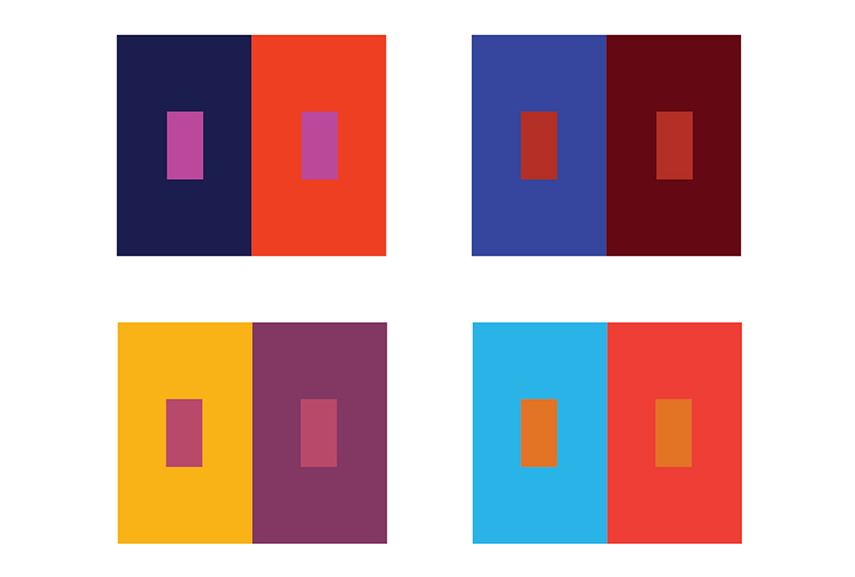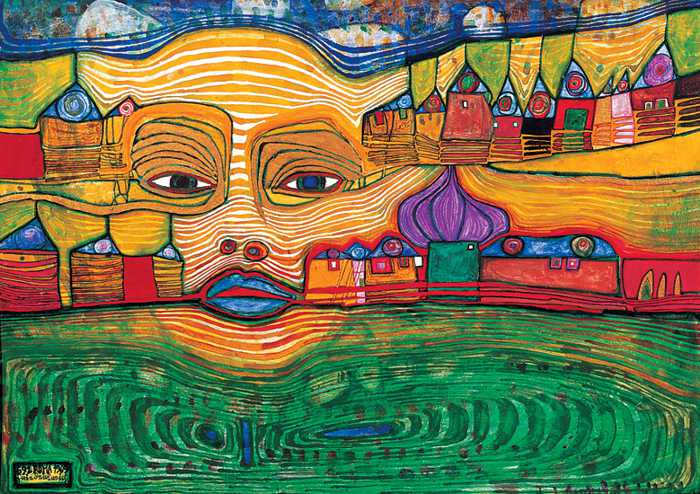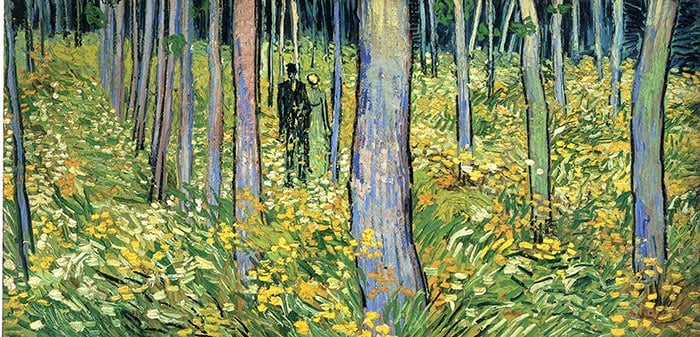
Painting From the Inside Out: A Guide to Intuitive Creation
Apr 01, 2025Creating art is as much about intuition as it is about technique. By embracing an intuitive approach, you can infuse your work with personal emotion and spontaneity. I'm aiming to guide your painting process with principles that help you paint from the "inside out."
1. Notice
The first step in painting intuitively is to take a moment to notice everything about your work-in-progress:
-
What draws your eye? Identify the elements you like and those you don't.
-
How does the painting make you feel? Consider the emotions it evokes and any memories it recalls.
-
What do you want more or less of? Reflect on what should be emphasized or toned down.
In the quest to reveal and conceal beauty, pieces of interest, excitement, and meaning, remember that contrast plays a pivotal role. It's easier to identify dark when there is some light. Similarly, calmness is more apparent when juxtaposed with chaos. Sometimes paintings emerge naturally, while at other times, they need the gentle nudge of design principles to guide them.
2. Consider Design Principles
Even as you embrace intuitive painting, considering foundational design principles can enhance your work. These principles are the unifying tools that can transform your painting into a cohesive masterpiece. They include:
-
Balance: Ensure that no single part of your artwork overwhelms the rest.

-
Contrast: Use contrasts in color, shape, and texture to create visual interest.

-
Emphasis: Highlight the focal point of your painting to draw the viewer’s eye.

-
Movement: Guide the viewer’s eye throughout the artwork using lines and forms.

-
Pattern: Repeat elements to create a sense of consistency and rhythm.

-
Rhythm: Create visual rhythm by varying the repetition of elements.

-
Unity: Ensure all parts of your painting work together to convey a cohesive message.

-
Variety: Add variety to keep the viewer engaged with different colors, shapes, and textures.

For those working with cold wax, the medium naturally lends itself to adding texture, line, shape, color, and value. Look at your current painting and consider whether any of these principles can be more accentuated:
-
Texture: Play with the layers and surfaces.
-
Line: Use lines to create structure or direction.
-
Shape: Experiment with geometric or organic shapes.
-
Color: Adjust your color palette to add harmony or contrast.
-
Value: Work on the lightness or darkness to add depth.
By incorporating even one of these principles, you can elevate your work and help your painting "sing" as the elements communicate and resonate with one another.
In summary, combining intuition with design principles can lead to a more enriching and fulfilling painting process. Whether your art emerges naturally or with a bit of coaxing, these guidelines can help you create work that is beautiful, meaningful, and genuinely your own.
Feel free to share this post with others and let's create something beautiful together!
Unleash your inner creativity and join an online art course!
Stay connected with news and updates!
Join our mailing list to receive the latest news and updates from our team.
Don't worry, your information will not be shared.
We hate SPAM. We will never sell your information, for any reason.


